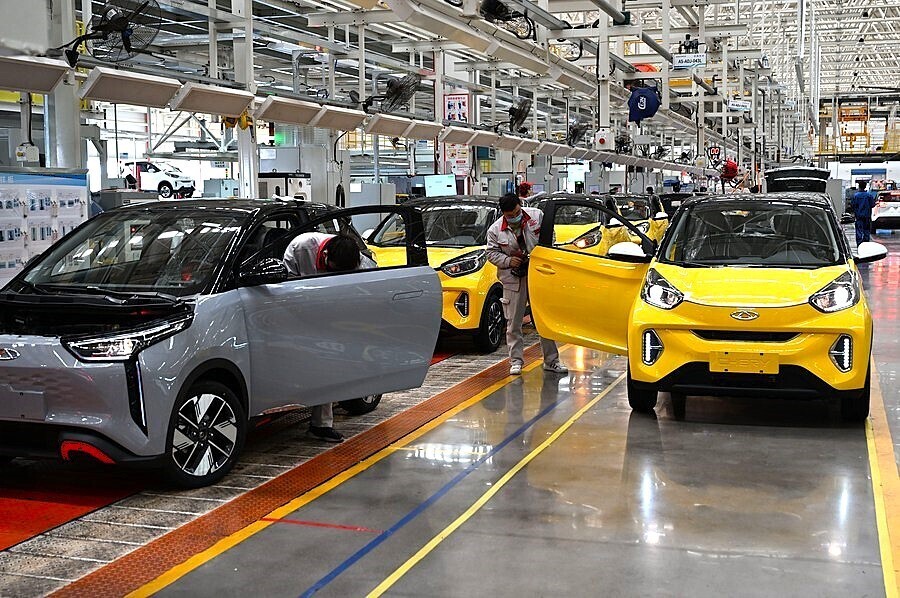

According to data from the China Association of Automobile Manufacturers, Chinese new energy vehicle (NEV) production surged by 31.9 per cent year-on-year in May. The number of units manufactured climbed from 712,660 units in May 2023 to an impressive 940,000 units for the same month this year.

The NEV category encompasses vehicles fully or predominantly powered by electric energy, including plug-in hybrids, fuel cell vehicles, and conventional battery-powered cars.
This data was highlighted by Shen Dong of OmniSource in the United States and featured in the latest edition of the Bureau of International Recycling's non-ferrous 'World Mirror'.
Shen Dong, a member of the BIR non-ferrous board, predicts a significant increase in aluminium consumption by the automotive sector, primarily driven by the demand for lighter body weights in new energy vehicles (NEVs). By 2030, NEV manufacturers are projected to consume an estimated 10 million tonnes of aluminium annually.
He said, "Proposed revisions affecting China’s recycled raw material imports, including for copper, brass and aluminium, are at the final stage of drafting whereby suggested new categories will be added to the current policy. The revision is pending approval."
AL Circle's industry-focused report, "Global Aluminium Industry Outlook 2024", published at the beginning of the year, unveiled that the transportation sector will largely drive aluminium demand, with EVs playing a major role. Aluminium stands out as a key material for electric vehicles (EVs), a market that has experienced a substantial surge in recent years. Numerous downstream companies have proactively invested in facilities to provide a range of products, specifically catering to battery casing and battery foils within the EV industry. In the long-term outlook, it is anticipated that aluminium prices will remain elevated, bolstered by the accelerating transition to a green economy.



Responses






